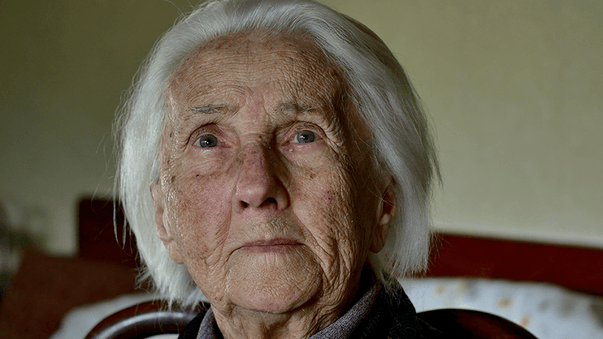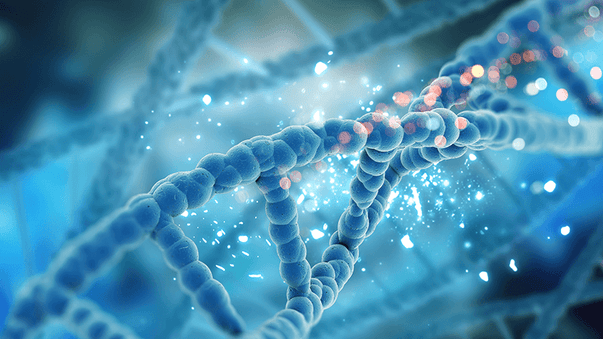Supercomputing for Personalized Cancer Treatment

Working with a new supercomputing platform called OncoTreat (see below), scientists at Columbia University and biotech spin-off DarwinHealth are able to recommend personalized cancer treatments.
“Using novel systems biology methodologies, which combine the use of supercomputers with large-scale pharmacological assays, we can computationally predict and prioritize drugs and drug combinations that will most effectively kill cancer cells,” said research leader Andrea Califano. “We hope that OncoTreat may offer the oncologist new alternatives when they run out of approved therapies, alternatives that are predicated on an increasingly mechanistic understanding of cancer cell regulation and response to drugs rather than on educated guesswork.”
Interestingly, OncoTreat recommended the same drug to half of the patients examined in a first test. The drug, administered to laboratory mice with the same tumors, gave encouraging results.
Computer system predicts drugs that switch off the engine room of cancer cells. Scientists at Columbia University have developed a computational framework that can support personalized cancer treatment by matching individual tumors with the drugs or drug combinations that are most likely to kill them. A research paper published in Nature Genetics details a proof of concept for an analytical platform applicable to any cancer type, and validates its predictions on a class of tumors of the digestive system that, when metastatic, are associated with poor survival. The platform, called OncoTreat, recommended Entinostat, a drug that targets “master regulators” considered as the engine room of the cancer cell, for almost half of 212 metastatic patients. When tested in a xenograft transplant of the tumor in a mouse, Entinostat induced dramatic shrinking of the tumor.
Brain antifreeze could help injured and Alzheimer’s patients. Researchers at the University of Pennsylvania have suggested that the key to better treatments for brain injuries and disease may lie in the molecules charged with preventing the clumping of specific proteins associated with cognitive decline and other neurological problems. A study published in Neurobiology of Disease indicates that brain molecules called N-acetylaspartate (NAA) work as brain “antifreeze” to pause and even reverse the aggregation or misfolding of amyloid-beta proteins, which occurs after a brain injury. Restoring NAA to normal levels after head trauma or in neurological diseases, like Alzheimer's, could block the progression of amyloid pathologies.
Key molecule regulates the aging process. Scientists at the German Cancer Research Center have discovered a protein that represents a central switching point in the aging process and controls the lifespan of an individual, from the fly to the human being. A study published in FEBS Letters suggests that a molecule called TXNIP (thioredoxin-interacting protein) is the key regulator of oxidative stress, which causes cells and entire organisms to age. Experiments with flies reveal strong correlations between TXNIP levels and lifespan. According to the researchers, these findings open up new possibilities for developing therapies against age-related diseases.
Glial cells play an important role in learning and memory. Researchers at UC Riverside have found that glial cells, brain cells that surround neurons and provide support, also actively influence neurons. A research paper published in Journal of Neuroscience shows that, when common glial cells called astrocytes overproduce a protein called ephrin-B1, the ability to retain memory weakens. These results suggest that glial-neuronal interactions influence learning. The researchers think that astrocytes expressing too much of ephrin-B1 can attack neurons and remove synapses, the connections through which neurons communicate. Synapse loss is seen in neurodegenerative disorders such as Alzheimer's disease, amyotrophic lateral sclerosis, and multiple sclerosis. Decreasing ephrin-B1 levels results in more synapses and better learning, which could open the way to clinical applications.
Shaping biological tissues with light. Scientists at European Molecular Biology Laboratory (EMBL) have found a way to build biological tissue, such as skin, muscle, or bone, in customized shapes. A study published in Nature Communications describes how the researchers guided the folding of tissues with optogenetics, a technique to control protein activity with light, and shows that using optogenetics to guide morphogenesis is a very precise technique. According to the scientists, optogenetics could be an ideal technique for reconstructing and directing tissue development, which could be used to (re)build artificial tissues in regenerative medicine.
More Articles
Don't miss a beat! In our Pulse Newsletter, Thrivous curates the most important news on health science and human enhancement, so you can stay informed without wasting time on hype and trivia. It's part of the free Thrivous newsletter. Subscribe now to receive email about human enhancement, nootropics, and geroprotectors, as well as company news and deals.
Read more articles at Thrivous, the human enhancement company. You can browse recent articles in Thrivous Views. See other Pulse Newsletter articles. Or check out an article below.
-
No Fixed Limit to the Human Lifespan
New research results released last week don’t support the idea that humans have a fixed expiration date — no hardwired ...
-
CRISPR Safety Under the Microscope
CRISPR gene editing (see Pulse 22) is rightly hailed as a potential game-changer in future medicine, but recent news released ...


